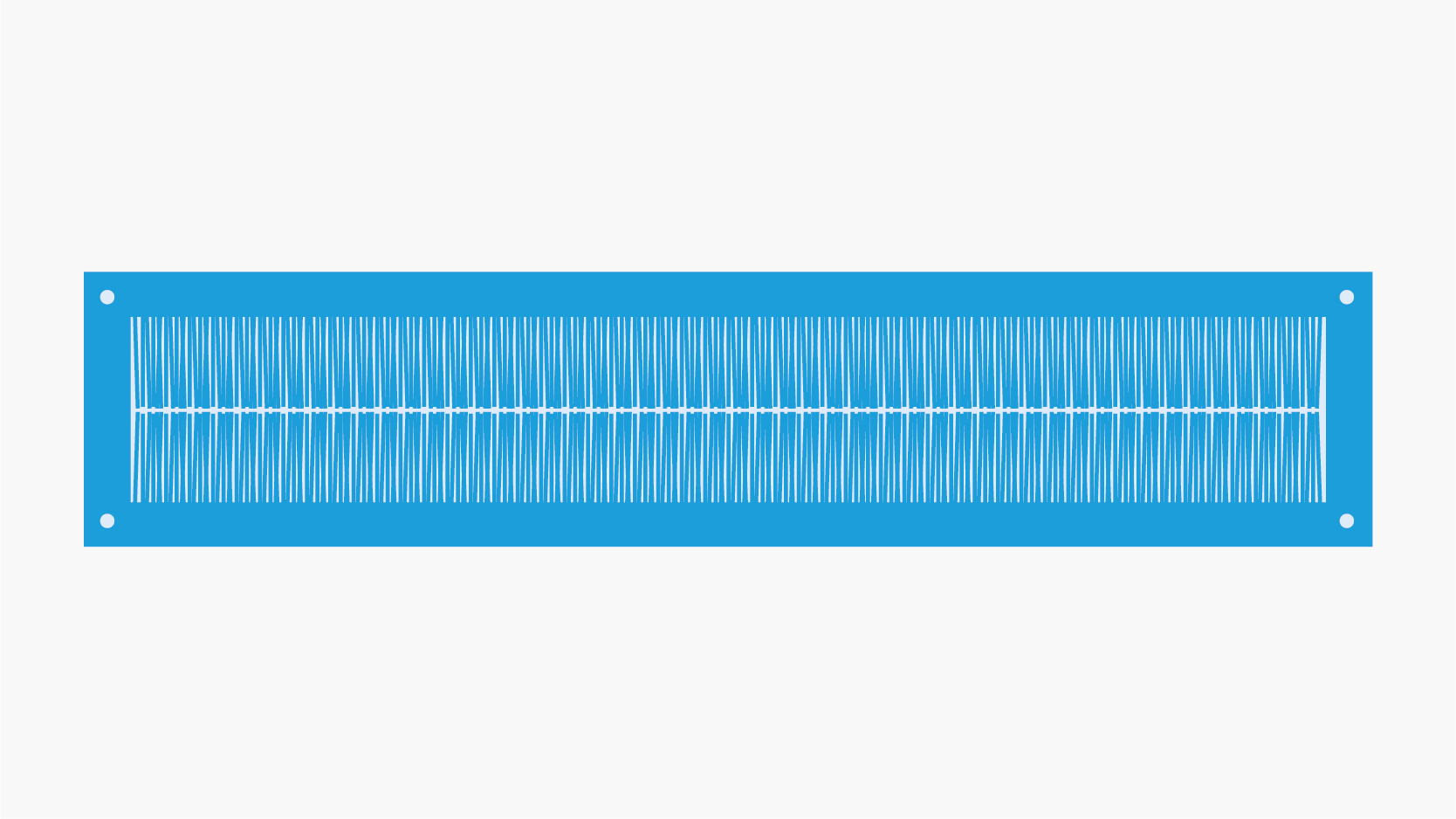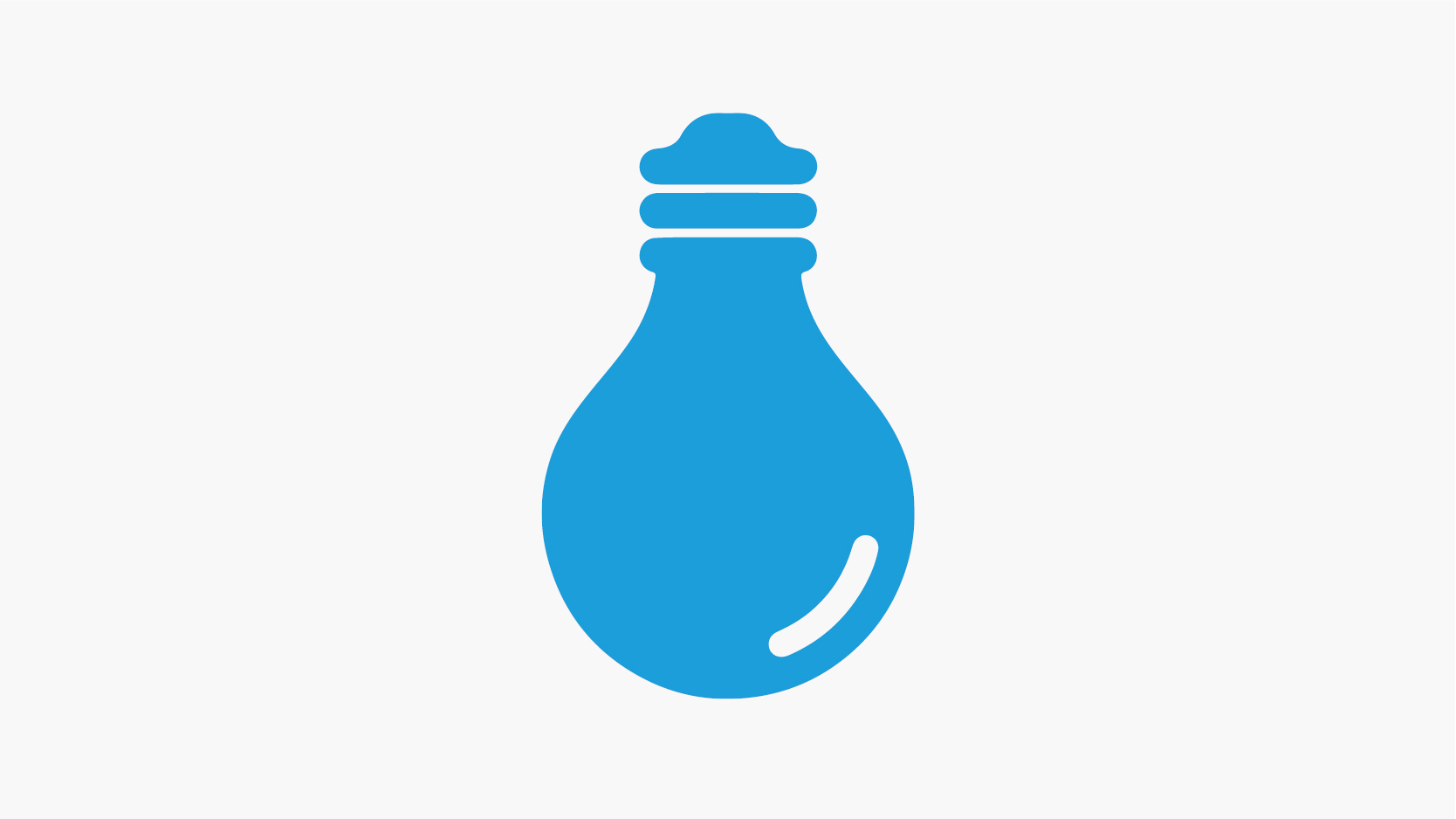Erwin de Boer works for the municipality of Ameland as an energy advisor. He advises residents and entrepreneurs on how they can further make their homes more sustainable
“Many people wonder how they can best approach making their home more sustainable. And they also want to know what it will cost and who can implement it. As a municipality, we want to help residents with this as best as possible. But of course, homeowners can also contact local companies directly or obtain information via the Sustainable Construction Desk.”
Insulation is tailor-made
“No house is the same on Ameland. We have homes from two months old to more than 200 years old. Everyone’s situation is different. One owner wants to tackle everything at once, while another prefers to take it step by step. And of course it must also be affordable. It is my job to help people on their way and to look together for what suits them best. Small things can often make a big difference, such as sealing gaps with draft strips and letterbox-brushes. This does not make your house natural gas-free, but it does help a bit.”
I like to help people on their way; together we look for what fits best
Elusive comfort
“Comfort is something elusive. An example: a house loses most of its heat through the roof. Often as much as 30 percent. A house usually loses about 10 percent of its heat through the floor. Yet the experience is different; Many people experience a cold floor and cold feet as very unpleasant.”
When to insulate?
“A frequently asked question is when it is best to start insulating. But actually, every day that you insulate your home sooner is a gain. Insulation pays for itself relatively quickly and immediately provides extra comfort and savings on energy costs.”
Next step thermal scans
Insulating is the first step towards natural gas-free heating, says Erwin. And the next step? “If the house is well insulated, you can try to lower the water temperature of the heating. This can be done, for example, with underfloor heating or special radiators. And the final step is to choose a sustainable heat source. This could be a heat pump or possibly a local heat network, but we do not yet know whether heat networks are feasible. That in itself is not a bad thing; If we first reduce the heat demand together in the coming years, we will immediately save a lot of energy. That only makes the transition to sustainable heat easier.”
You can find a lot of general information on the website of Duurzaam Bouwloket.
Do you have a specific question for Erwin? Send an email.








